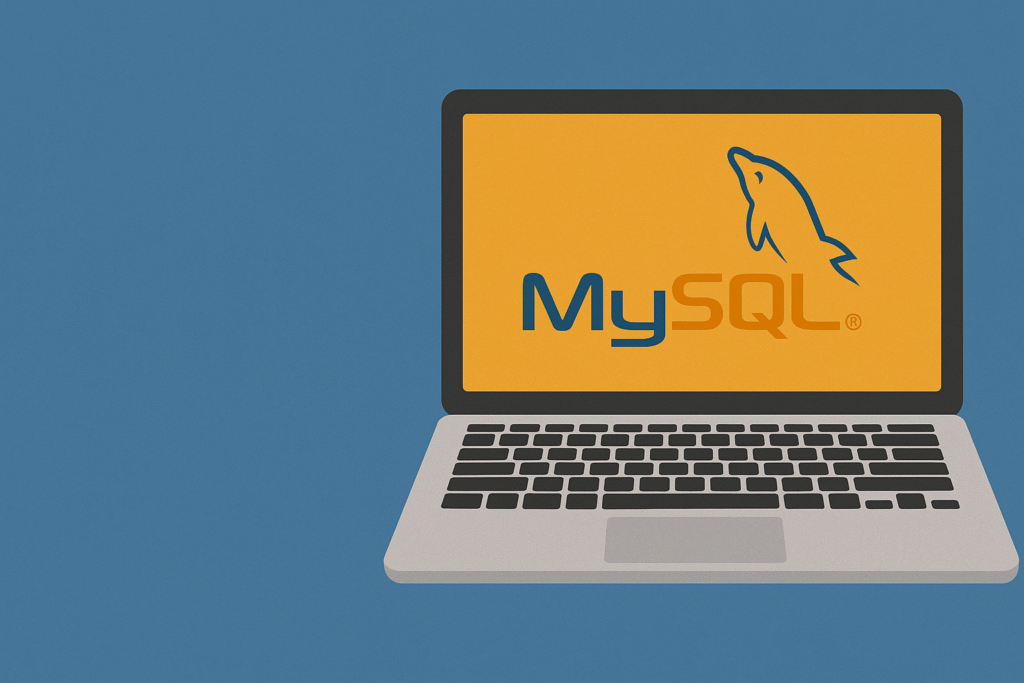MySQL Practice Questions for CBSE Class 12 IP Students
Master MySQL for your CBSE Class 12 Informatics Practices exam with these comprehensive practice questions, sample tables, and detailed solutions.
Read More →
Master MySQL for your CBSE Class 12 Informatics Practices exam with these comprehensive practice questions, sample tables, and detailed solutions.
Read More →
Your one-stop shop for MySQL practice. This guide covers all the essential commands and functions you need to know, complete with clear, verified answers....
Read More →
As the Class 12 CBSE board exams approach, Informatics Practices (IP) students must prepare not only for their written exams but also for the...
Read More →
In relational databases like MySQL, relationships between tables are essential for maintaining data integrity and ensuring logical data organization. One key concept that enables...
Read More →